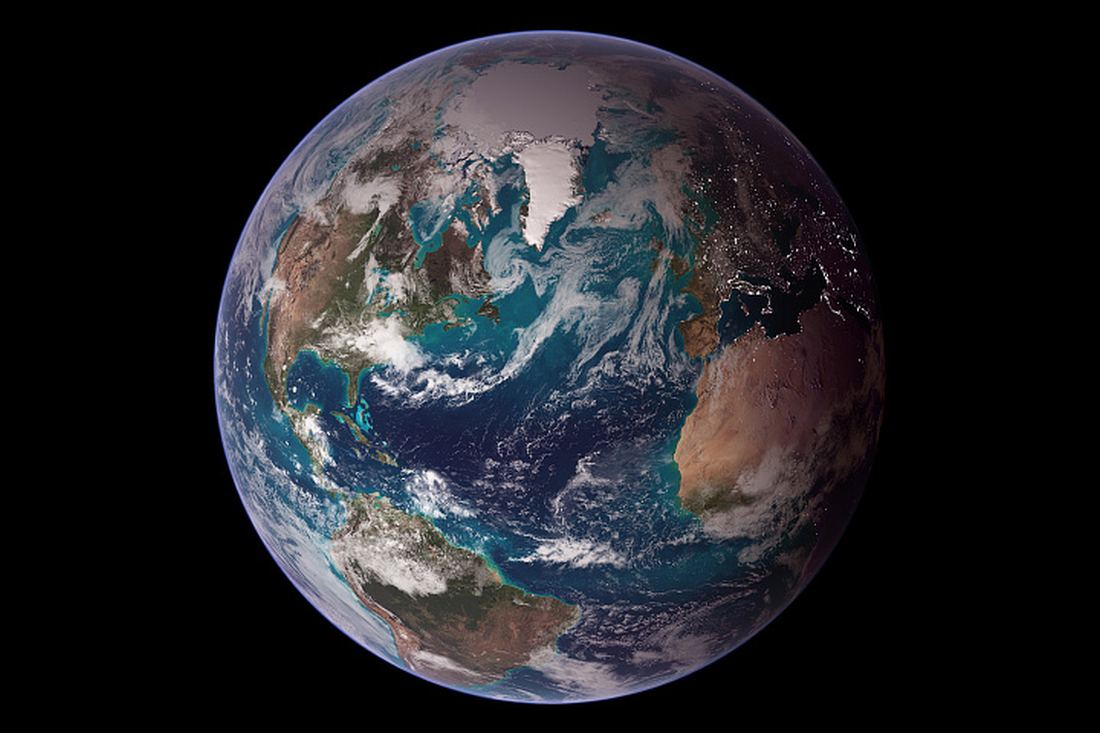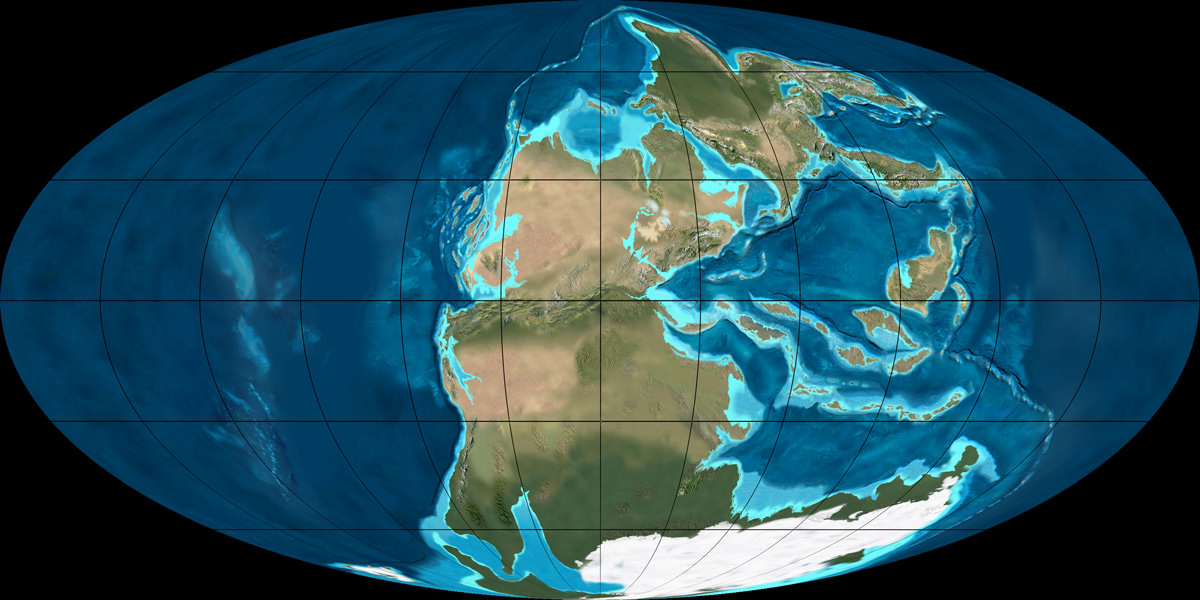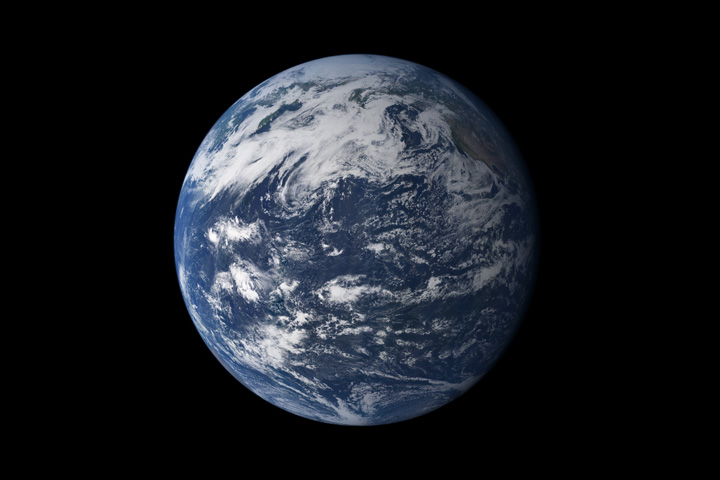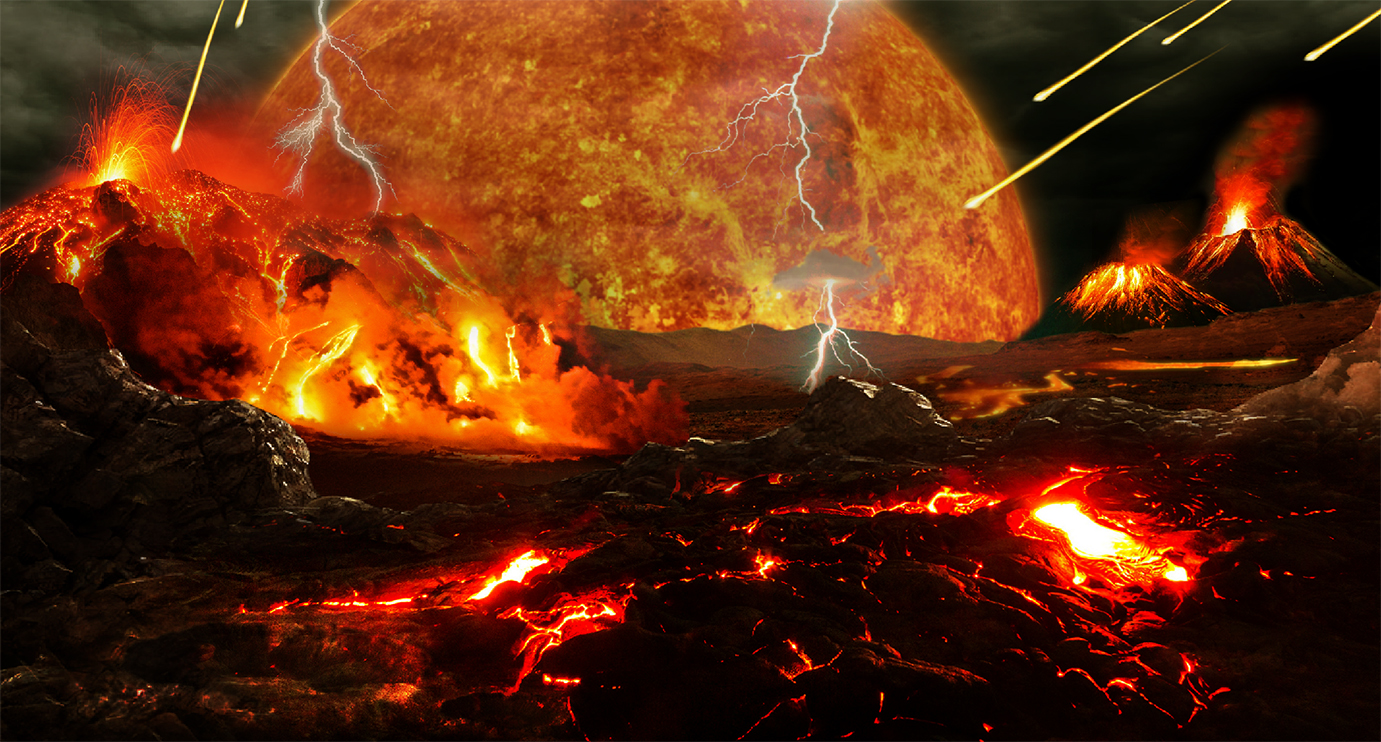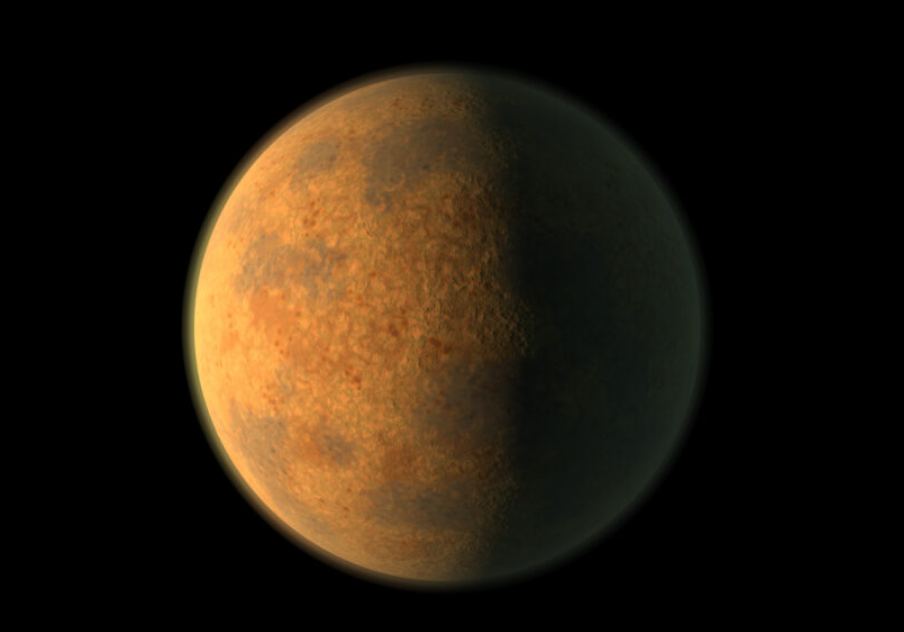Today, the Earth’s seven continents are distributed across the surface, with North and South America occupying one hemisphere, Africa, Europe, Asia, and Australia occupying the other, and Antarctica sitting alone around the South Pole. However, these continents were arranged in entirely different configurations throughout Earth’s history. On occasion, they formed supercontinents like Gondwana (ca. 550 to 180 million) and Pangaea (ca. 335 to 200 million years ago) that were surrounded by “superoceans.”
Eventually, the Earth’s tectonic plates will come together again to form the world’s next supercontinent. According to new research led by Curtin University in Bentley, Australia, this will happen roughly 200 to 300 million years from now. As they determined through a series of simulations, this will involve the Americas drifting westward until they collide with Australia and Asia (eliminating the Pacific Ocean) and Antarctica moving north to join them. This will give rise to the new supercontinent they have named “Amasia,” which will also have profound implications for life on Earth.
Continue reading “The Pacific Ocean Will be Gone in 300 Million Years as the World's Continents Drift and Combine”





